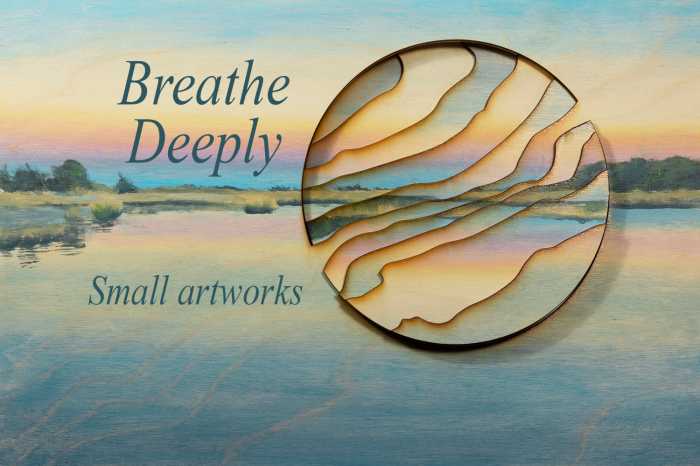Tattoos Become High Art: Kozo at DTR Modern

Because art should leave a mark. Because beauty, like ink, is meant to be permanent. Kozo matters.
There are artists who enter the cultural lexicon with quiet admiration, and then there are those who arrive with a kind of mythic thunder — wholly formed, cloaked in enigma, and vibrating at the frequency of something greater than art itself. This week’s Dan’s Papers cover artist, Kozo belongs to the latter. He does not simply present work; he summons it.
And as of September 11, Kozo can be seen on view with Padina Bondar ‘s NYFW presentation at DTR Modern Gallery—SoHo. The exhibition is a spectacle that collapses canvas into couture and asks a disarming question: What happens when the painting refuses the wall and insists on a pulse?

Context matters, and DTR Modern’s curatorial muscle supplies it. A gallery fluent in modern masters and contemporary estates telegraphs a standard. Bondar and Kozo step into that lineage not as interlopers, but as revisionists aware that greatness is frequently an act of salvage — of what is lost, overlooked, or dismissed. Renaissance painters called it sprezzatura when difficulty vanished into grace. This collection courts precisely that: effort transmuted into inevitability.
But this week’s cover, featuring Wonder Woman speaking three of the most powerful words in the English language — “I love you” — is all about Kozo.
Long before it was welcomed into the halls of luxury and fashion, tattooing existed as a subversive ritual. Its origins trace through sacred rites, outlaw enclaves and the margins of society — where bodies became sacred texts, inscribed with meaning beyond the limits of language. Once considered the language of the rebellious or the exiled, the tattoo is now regarded as an emblem of personal sovereignty and cultural depth.

Kozo draws from this lineage with deliberate intensity. His work does not borrow from tattooing for mere aesthetic effect. Rather, it honors it as an ancestral form of storytelling. His compositions echo the breath of Japanese irezumi and other ceremonial traditions, woven seamlessly into the visual architecture of contemporary fine art. Through his hands, the sacred becomes visible once more — not diluted by modernity, but sharpened by it.
What distinguishes Kozo is not only what he paints, but how he paints. His process is marked by meditation and precision. Each stroke appears deliberate, yet divinely spontaneous, as though channeled rather than executed. He treats his canvases as sacred objects — vessels not only for color, but for spiritual offering.

Kozo’s iconography is deeply layered. Gold leaf halos radiate around celestial figures. Bodhisattvas, warriors and sirens emerge from dreamlike fields of symbolic architecture. Every element is chosen for its significance — its visual, cultural, and emotional weight. The result is a body of work that feels less like contemporary art and more like a modern altar.
There is a duality to his technique. On one level, he is a master technician — his line work refined, his layering precise. On another, he functions as a kind of visual poet. His works evoke the silence of temples, the chaos of street life, and the tenderness of ancient ceremony, all within a single frame.
There is no location more befitting Kozo and his work than DTR Modern. Known for its curatorial excellence and its roster of blue-chip and visionary artists, DTR Modern has long stood as a guardian of the provocative and the profound in its stately rooms — where the scent of wood polish mingles with the glow of freshly lit spotlights. Here, Kozo’s works are not merely be displayed. They are anointed.

In an era dominated by rapid consumption and fleeting images, Kozo offers something different: permanence, substance and depth. His work reintroduces myth, ceremony and soul into a cultural landscape that often treats art as disposable ornamentation. Kozo does not decorate space. He sanctifies it.
This is the intersection of mastery, rarity and vision. Kozo is not merely an artist on the rise. He is a force that reclaims art’s original purpose: to enchant, to transfix, and to endure.
For more information on Kozo and the Padina Bondar show, follow @dtrmodern on IG or visit dtrmodern.com










